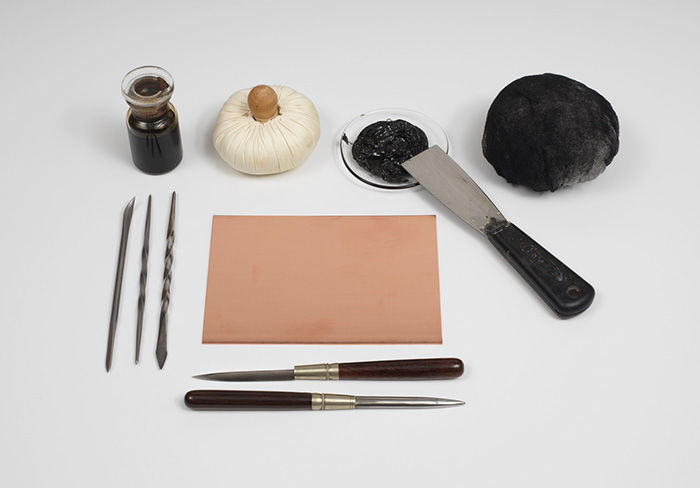The Russian Dance, in Oeuvres de Jean-Baptiste Le Prince, peintre du Roi
Author Jean-Baptiste Le Prince French
Publisher Basan Frères French
Not on view
During his travels through the Russian Empire from 1757 to 1763, Jean-Baptiste Le Prince amassed numerous studies of the communities and cultures he encountered. After returning to Paris, Le Prince drew on this material to produce an extensive number of paintings, drawings, and prints that purported to depict the various peoples and customs contained in the empire. Presenting unfamiliar subjects such as balalaika players in a Rococo style, Le Prince’s russeries, as they are sometimes called, participated in a wider French culture of eighteenth-century exoticism, which interwove both actual imported goods and (often imagined) depictions of distant locals, peoples, and cultures.
The novelty of Le Prince’s prints lay not only in their subjects but also their technique. While Le Prince did not invent the process of aquatint, which uses a resin to produce a pitted texture on the printing plate that reads as a uniform wash of tone when printed, he developed a unique means of applying this resin only to areas that he had previously painted with a brush. He could thereby work in aquatint much as one uses ink washes and capture details such as the various tones in the trees and the range of shading in the figures’ clothing. The Russian Dance was included among the prints Le Prince sent to the French Salon in 1769 to demonstrate his perfection of the aquatint technique. This later impression, however, comes from a series of Le Prince’s prints that were posthumously reprinted from the original plates and published by Basan Frères in 1782.
This image cannot be enlarged, viewed at full screen, or downloaded.


